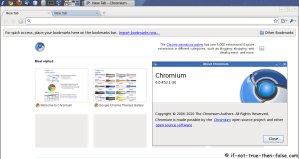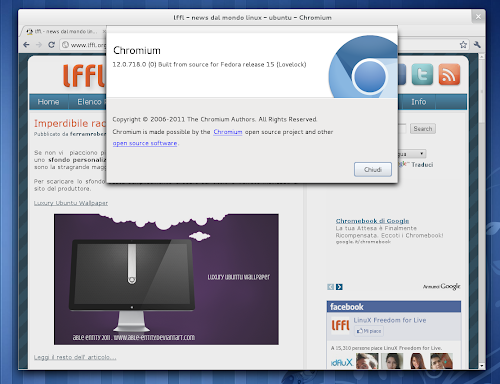

Here's the message I get when trying to install: Test Transaction Errors: file /etc/cron.daily/google-chrome from install of google-chrome-stable-11.0.86_64 conflicts with file from package google-chrome-stable-11.0.386įile /opt/google/chrome/chrome from install of google-chrome-stable-11.0.86_64 conflicts with file from package google-chrome-stable-11.0.386įile /opt/google/chrome/chrome-sandbox from install of google-chrome-stable-11.0.86_64 conflicts with file from package google-chrome-stable-11.0.386įile /opt/google/chrome/libffmpegsumo.so from install of google-chrome-stable-11.0.86_64 conflicts with file from package google-chrome-stable-11.0.386įile /opt/google/chrome/libpdf.so from install of google-chrome-stable-11.0.86_64 conflicts with file from package google-chrome-stable-11.0.386įile /opt/google/chrome/libppGoogleNaClPluginChrome.so from install of google-chrome-stable-11.0.8. I can't find it in Add/Remove Software, and I also can't install the correct version of Chrome because it complains about my other copy of Chrome.Īny ideas how I can remove the existing copy and get the 64-bit version installed?

One problem though is that I installed Chrome 32-bit (which was wrong, should have been the 64-bit version) and now I can't uninstall it.

Post navigation ← Upgrading GoDaddy Hosting to PHP 5.x from PHP 4.3.Yesterday I installed Fedora 15 Beta with GNOME 3 - it works well. This entry was posted in Linux-Fedora, Tutorials and tagged application, fedora, linux on Augby Oliver Baty. You’re now ready to install Chromium with the line: (If you are running Fedora 10, change the F11 to F10 in the baseurl path.) Save the file as chromium.repo to /etc//. Launch gedit by typing:Ĭopy and paste the following lines into the new document: This will give you root privileges for launching gedit (and other GUI apps). I’m partial to gedit, so I’ll use that editor in the instructions. If you want to install Chromium via YUM, you just need to add a new repository file to the /etc/ directory. That’s it, you should see Chromium Web Browser under Applications > Internet. If you see any other dependencies, just handle them as they come. This will run the installer on the two downloads. Once those installs are complete, stay in the terminal window, navigate to the folder containing the Chromium and v8 downloads and then type: nss-mdns provides client functionality only, which means that you have to run a mDNS responder daemon separately from nss-mdns if you want to register the local host name via mDNS (e.g. Nss-mdns is a plugin for the GNU Name Service Switch (NSS) functionality of the GNU C Library (glibc) providing host name resolution via Multicast DNS (aka Zeroconf, aka Apple Rendezvous, aka Apple Bonjour), effectively allowing name resolution by common Unix/Linux programs in the ad-hoc mDNS domain. You will probably need to switch to root for the entire installation process. Open up a terminal window (Applications > System Tools > Terminal). “v8-1.3.86_64.rpm”, but they are certain to change frequently.

Here’s how I installed Chromium on Fedora 11.ĭownload the latest Chromium and v8 files for your OS (32 or 64 bit) from Save them to ~/Download or whatever location is convenient for you.Īt the time of this post, these two files were It currently holds 68.3 of the global browser market share, thereby making it the king of all web browsers. Google Chrome is a heavily optimized and feature-rich web browser built upon the Chromium web browser.
#Fedora chromium browser free#
So if your philosophy aligns with the free software, this browser is for you. Right now, there is no Google Chrome for Linux. Fedora’s Chromium package is devoid of any proprietary code. If you are familiar with Google Chrome in Windows, the Chromium browser looks very similar, but lacks the Google branding. Google Chrome is a web browser from Google, based on the Chromium project.
#Fedora chromium browser software#
Install Chromium from Software Tool in Fedora. XDM seamlessly integrates with Google Chrome, Mozilla Firefox Quantum, Opera, Vivaldi and other Chroumium and Firefox based browsers, to take over downloads. Just so there’s no confusion, Chromium is an open source web browser project. Learn about where WordPress is going, how we’ll get there, and how you can get involved. To install Chromium, you can use the Software tool in Fedora Workstation and search for chromium and then install the package.


 0 kommentar(er)
0 kommentar(er)
